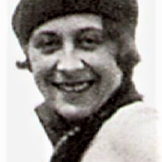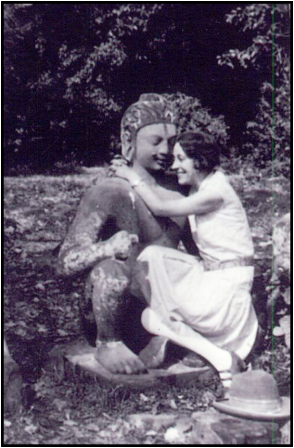Evolution du pilastre dans l'art d'Angkor | Pilaster Patterns Evolution in Angkorean Art
by Gilberte de Coral-Rémusat
A detailed study in sculptural decorative elements in Angkor-era architecture.

Publication: Revue des arts asiatiques, Vol. 9, No. 3, pp. 158-164 | via EFEO-JSTOR
Published: September 1935
Author: Gilberte de Coral-Rémusat
Pages: 10
Language : French
Following the path of renowned art historian Philippe Stern, the author studies the evolution of decorative elements on pilasters from the 9th to the 12th centuries.
Rinceaux (continuous wavy stemlike motifs), chevrons (herringbone patterns), hampes (stems) and arcs polylobés (poly-lobed arches), floral curlicues, as well as the width of the decorative elements on the stone face, were continuously adapted and modified, allowing us a datation of the pilasters through Angkorean temples. For instance, the author notes the disappearance of the 'blue lotus' motif at the turn of the 10th century.
Once again, Gilberte de Coral Rémusat demonstrates her remarkable attention to details and her great artistic sensitivity in this study, published in 1935.
Photo: Herringbone patterns with central figure and blue lotus elements (Author's drawing).
Original Title: Quelques notes sur l'évolution du pilastre dans l'art d'Angkor.
Tags: architecture, decorative arts, art history
About the Author

Gilberte de Coral-Rémusat
Countess Gilberte de Coral-Rémusat (17 Dec. 1903, Paris - 19 Oct.1943, Lausanne, Switzerland) was an independent archaeologist and art historian who explored Indochina first in 1928-1929, part of a round-the-world trip, then in 1935-1937 as a correspondent for EFEO and Musée Guimet.
Great-granddaughter of French politician Charles de Rémusat, Gilberte de Coral-Rémusat was a 'bookworm' at an early age in the vast family library, with several distinguished female writers among her ancestors. Fascinated with India and Indochina, she developed a close relationship with some of the most eminent Angkor specialists of the time, especially Victor Goloubew, Philippe Stern and Louis Finot.
Before her death at 43 years only, she published numerous essays on Indian and Khmer Arts, and gave lectures on these subjects in Paris, Budapest, London, Brussels, Hanoi, that were praised by Orientalist George Coedes. Her Doctorate thesis, L'Art Khmer, Les étapes de son évolution, was published in 1940 and became a reference for all researchers in Khmer civilization. She also attempted with Philippe Stern the first Timetable and Classification of Khmer Architectural Styles.

In Angkor Thom, circa 1929.
